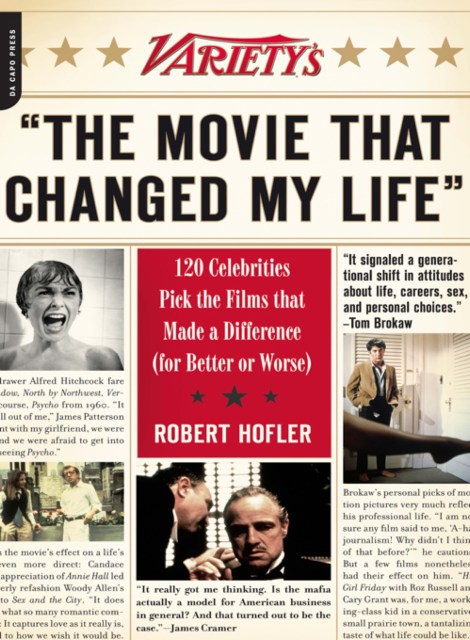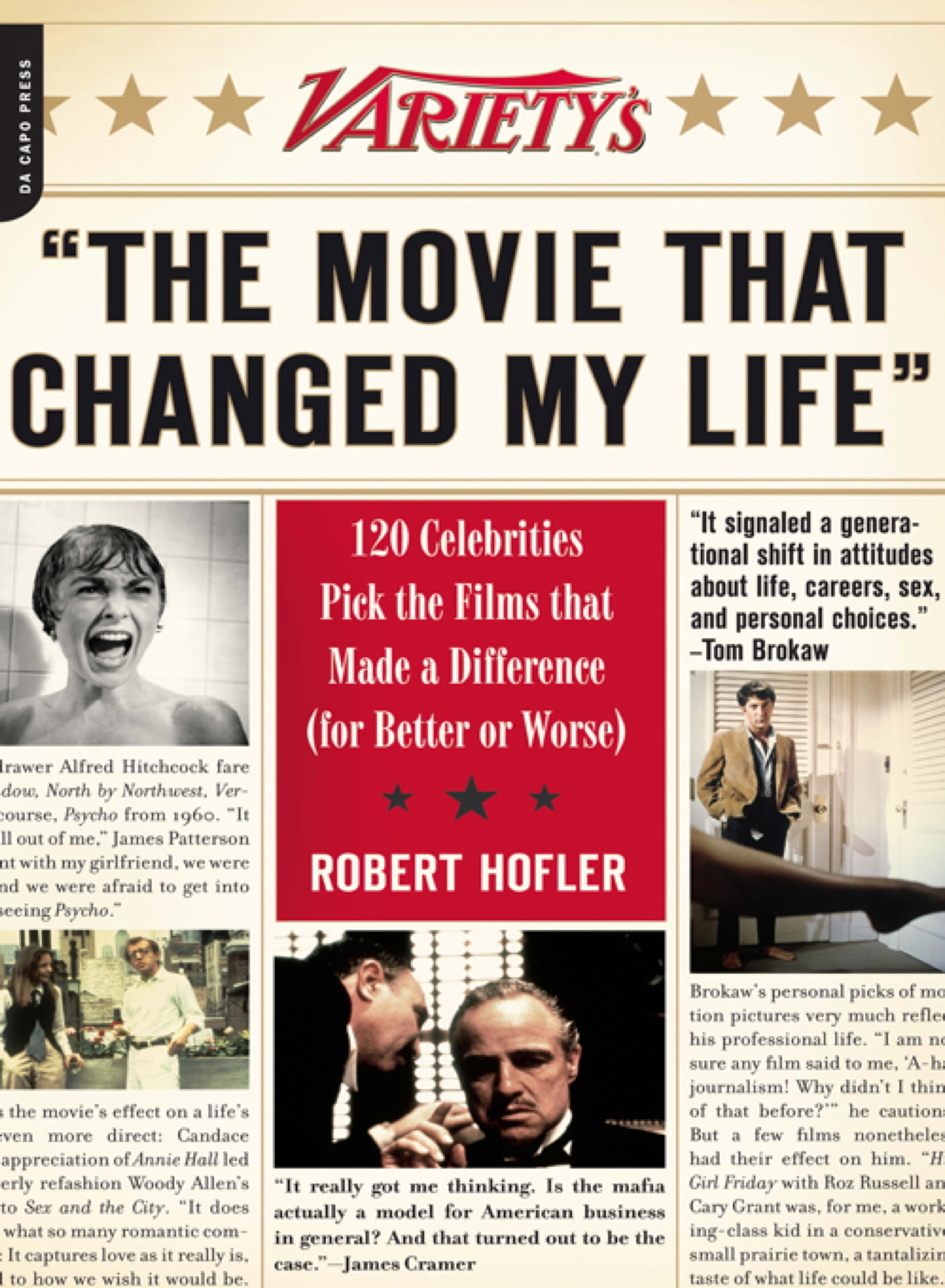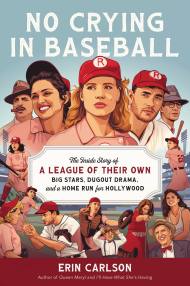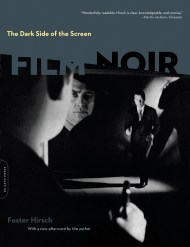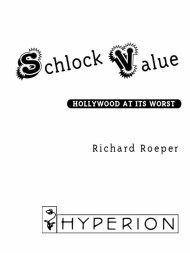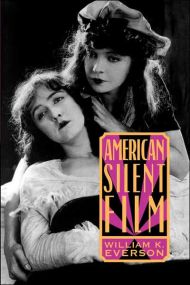Promotion
Use code MOM24 for 20% off site wide + free shipping over $45
Variety's ""The Movie That Changed My Life""
120 Celebrities Pick the Films that Made a Difference (for Better or Worse)
Contributors
Formats and Prices
Price
$10.99Price
$13.99 CADFormat
Format:
ebook $10.99 $13.99 CADThis item is a preorder. Your payment method will be charged immediately, and the product is expected to ship on or around December 11, 2008. This date is subject to change due to shipping delays beyond our control.
Also available from:
We discover Candace Bushnell's appreciation of Annie Hall, which she refashioned into Sex and the City; Sen. John McCain's quote-laden adoration of Viva Zapata!; and journalists Tom Brokaw and Lawrence Wright's disparate inspirations, His Gal Friday and All the President's Men.
From Sarah Jessica Parker to Ralph Nader, Bill Maher to Jerry Rice, Donald Trump to Jesse Jackson, Danielle Steel to Gore Vidal, this fascinating and entertaining collection reveals the films that have left their mark on the individuals shaping our world.
Genre:
- On Sale
- Dec 11, 2008
- Page Count
- 304 pages
- Publisher
- Da Capo Press
- ISBN-13
- 9780786744091
Newsletter Signup
By clicking ‘Sign Up,’ I acknowledge that I have read and agree to Hachette Book Group’s Privacy Policy and Terms of Use
